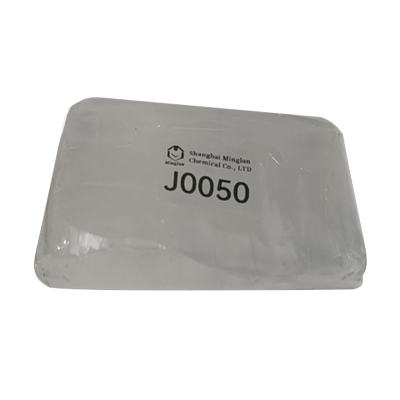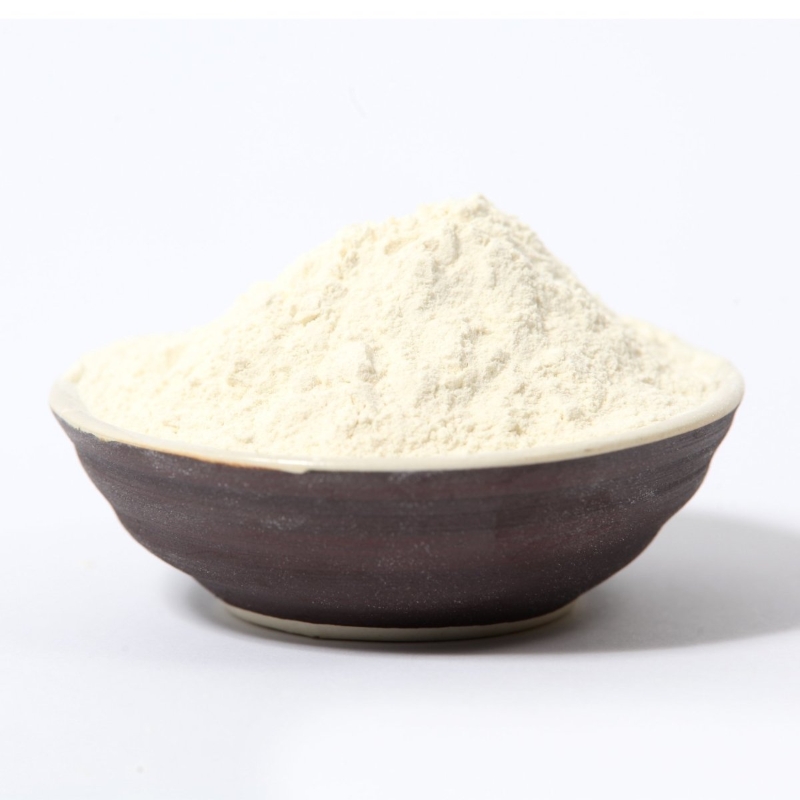-
Categories
-
Pharmaceutical Intermediates
-
Active Pharmaceutical Ingredients
-
Food Additives
- Industrial Coatings
- Agrochemicals
- Dyes and Pigments
- Surfactant
- Flavors and Fragrances
- Chemical Reagents
- Catalyst and Auxiliary
- Natural Products
- Inorganic Chemistry
-
Organic Chemistry
-
Biochemical Engineering
- Analytical Chemistry
-
Cosmetic Ingredient
- Water Treatment Chemical
-
Pharmaceutical Intermediates
Promotion
ECHEMI Mall
Wholesale
Weekly Price
Exhibition
News
-
Trade Service
After the crude oil price stage bottomed out in December 2021, oil prices entered an upward channel
due to factors such as the geopolitical situation and the mismatch between crude oil supply and demand.
The main reasons for the recent rise in oil prices can be understood
from both supply and demand.
From the supply side, according to the latest monthly report of the Organization of the Petroleum Exporting Countries (OPEC), OPEC crude oil production increased by 64,000 barrels per day in January this year, which was lower than the 250,000 barrels per day promised in the OPEC+ agreement, and the supply was less than expected
, driving the international crude oil market price upward.
In addition, the geopolitical tensions in major oil-producing countries have triggered concerns about the stability of crude oil supply, which has also led to a sharp increase in oil prices
.
From the demand side, with the acceleration of global new crown vaccination, the impact of the epidemic has weakened, driving the current global market crude oil demand to gradually recover
.
OPEC data shows that world oil demand in the fourth quarter of 2021 totaled 99.
77 million bpd, which has recovered to close to pre-pandemic levels
.
Although the impact of the current epidemic on the economies of countries around the world is not over, the impact of the current round of the epidemic on the economy is lower than expected
.
The weakening impact of the epidemic has led to an increase in travel demand, the rapid recovery of offline service industries such as tourism has led to a recovery in crude oil demand, and the recovery of overseas production will also boost the demand
for crude oil.
At the same time, the misalignment of supply and demand has also made crude oil inventories low
.
In the United States, for example, U.
S.
commercial crude inventories fell 2.
708 million barrels to 410 million barrels in January, the lowest level
since October 2018.
The misalignment of crude oil supply and demand and low inventories have jointly promoted the recovery of crude oil prices
.
Looking ahead, the global economy is still in the process of continuous recovery, the recovery of overseas production and the weakening of the impact of the epidemic still support oil demand, and it is difficult for international oil prices to fall sharply
.
Although the recent OPEC+ meeting insisted on maintaining a 400,000 b/d increase in production, from past experience, the subsequent major oil producers may not be as expected
to increase production.
From an investment point of view, as the international community reaches a consensus on addressing climate change risks and strengthening environmental protection, especially more institutions incorporate environmental, social and governance issues into investment decisions, investment in traditional energy tends to decline, and insufficient investment may lead to a significant reduction in investment in the industry, resulting in slow recovery of production capacity and aggravating the shortage
of crude oil supply.
In terms of supply and demand structure, although the current increase in the proportion of clean energy consumption occupies an important position in the future development plans of various countries, it takes a long time
for clean energy to replace traditional fossil energy.
Therefore, in the short term, it is difficult for clean energy to have a significant impact on the supply and demand structure of traditional fossil energy, and it is difficult to have a substantial impact
on crude oil prices.
Moreover, the traditional oil and gas resources exploitation cycle is long, the current low inventory situation is difficult to quickly alleviate under the constraint of slow supply repair, and under the economic stability, the demand for crude oil consumption is still increasing, and related factors will support
oil prices.
(The author is the director and chief economist of Hongta Securities Research Institute)







